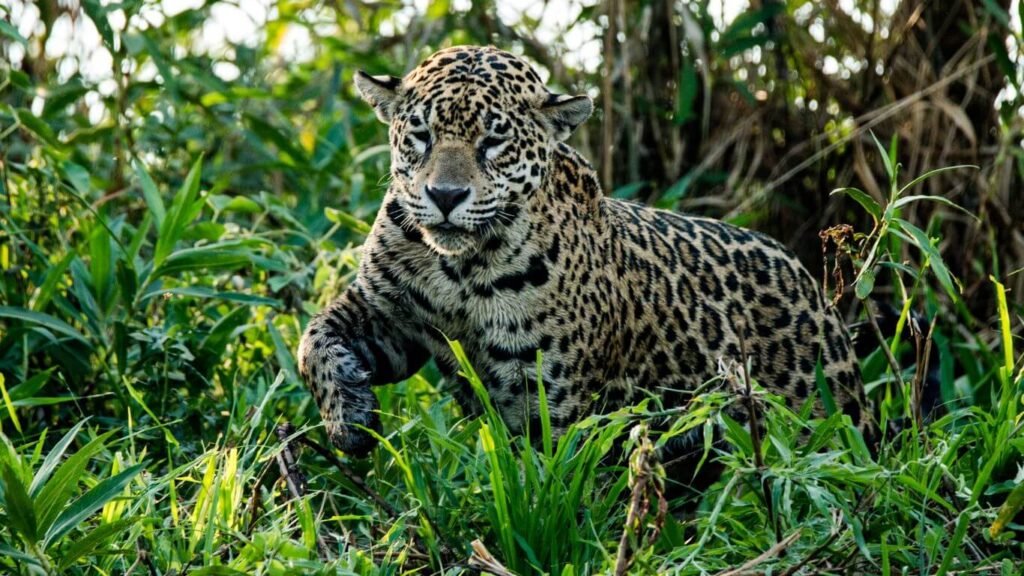Have you ever dreamed of immersing yourself in the purest and wildest nature? Can you imagine exploring a vast wetland teeming with incredible biodiversity, where jaguars reign supreme and black caimans glide silently through the waters? Then get ready to immerse yourself in Brazil’s vast Pantanal wetland, a natural paradise that will take your breath away.
Awaken your adventurous spirit and get ready for a fascinating journey into the heart of South America. Delve into Brazil’s Pantanal, the largest tropical wetland in the world and a nature lover’s paradise.
What is Brazil’s Pantanal?
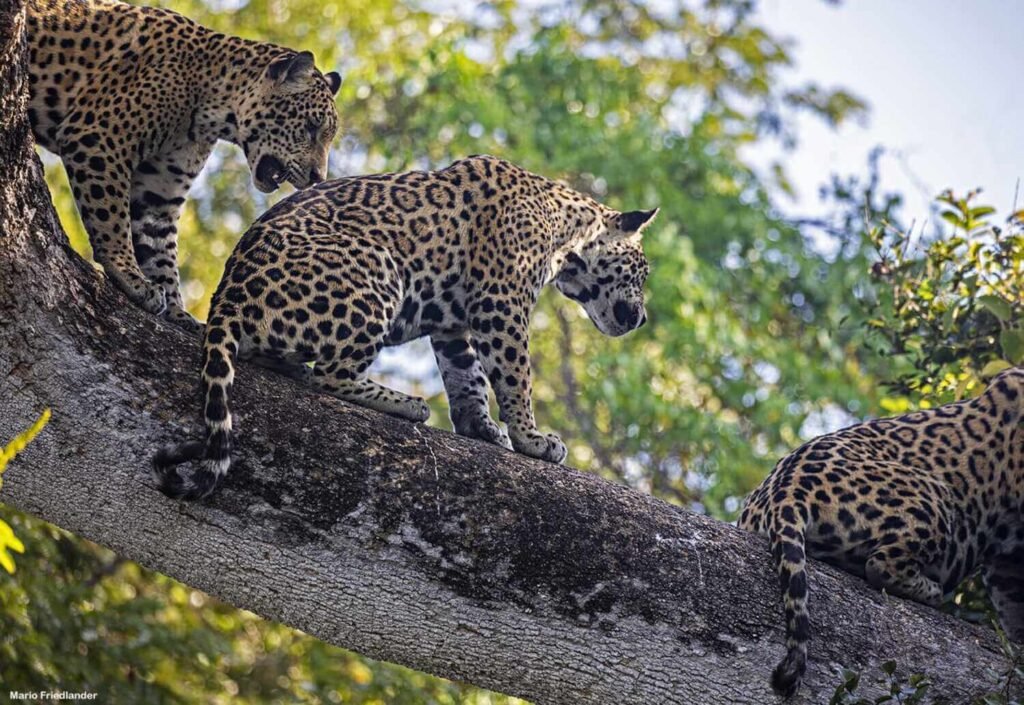
The Pantanal is one of the largest continental wetlands in the world, stretching across Brazil, Paraguay and Bolivia. This vast floodplain, covered with grasslands, wetlands, and forests, is home to an unparalleled wealth of wildlife.
Astonishing biodiversity
The Pantanal is a true paradise for nature lovers and birdwatchers. Here, biodiversity reigns supreme, with more than 600 species of birds, 180 species of reptiles, 159 species of mammals and 3,500 species of plants. From majestic jaguars and towering black caimans to colorful tropical birds and graceful capybaras, the Pantanal is a true spectacle for the senses.
Emblematic Fauna of the Pantanal
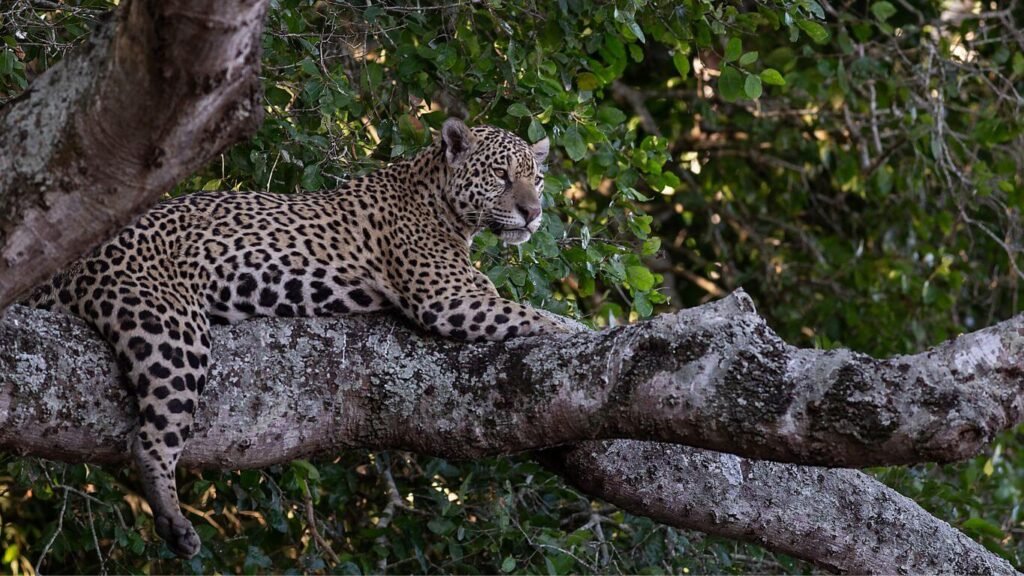
1. Jaguars: The Kings of the Pantanal
The Pantanal is home to one of the largest populations of jaguars in the world. The jaguar is the largest feline in the Americas, with a muscular body and a powerful bite capable of piercing the skulls of its prey. With a bit of luck and an expert guide, you might even get the chance to witness one of these majestic animals stalking their prey.
2. Black Alligators: The Guardians of the Pantanal
These towering reptiles are an omnipresent presence in the waters of the Pantanal. Black alligator alligators, with their piercing gaze, dark scales, and powerful jaws, are a captivating sight but also a reminder of the need to keep a respectful distance. These close relatives of crocodiles can grow up to 4 meters long and are true alpha predators in their aquatic environment. Watching them lounging in the sun or gliding silently through the marshy waters is a truly breathtaking experience.
3. Capybara: The Giant Rodents
Capybaras, the largest rodents in the world, are a common sight in the Pantanal. These semi-aquatic creatures, similar in appearance to a small cow, can weigh up to 65 kg. They are often found resting together in large family groups near bodies of water. Their calm and curious nature makes them ideal photogenic subjects.
4. Boar: Lords of the Forest
Wild boars, or peccaries, are robust and aggressive mammals that inhabit the dense forested areas of the Pantanal. These short-legged, sharp-fanged ungulates travel in family herds and are coveted prey for jaguars. Their territorial behavior and impressive defenses have earned them the nickname “the buffalo of the jungle.”
5. Giant Anteater: An Exceptional Insectivore
The giant anteater is one of the most peculiar mammals of the Pantanal. With its long tube-shaped snout, long curved claws, and clumsy but purposeful gait, this insectivore is a true sight to watch. These solitary animals spend much of their time digging up anthills and termite mounds with their huge claws. They also catch nutritious prey with their sticky tongues.
6. Anaconda: The Queen of Snakes
Anacondas, some of the largest snakes in the world, inhabit the warm waters and wetlands of the Pantanal. These non-venomous but deadly strong constrictors can reach up to 8 meters in length and weigh more than 200 kg. Watching one of these prehistoric creatures swim majestically or curl up in the sun is a truly breathtaking sight.
7. Toucan Toucan: The Feathered Ambassador
The iconic toucan, with its huge, vibrantly colored beak and black feathers with hints of red, yellow, and white, is practically the national bird of the Brazilian Pantanal. These boisterous forest dwellers are famous for their noisy behavior and graceful flight from tree to tree in search of fruits and small animals.
8. Tapir: The Ancient Survivor
The tapir, or anta, is a living relative of ancient prehistoric woolly rhinos. These broad-footed, trunk-nosed mammals thrive in swamp wetlands. With its dense coat of brown fur and slow, carefree movements, the tapir is a living reminder of a bygone world.
9. Blue Macaw: The Rainbow with Wings
No visit to the Pantanal would be complete without seeing one of the blue macaws fluttering among the trees. These vibrant, noisy birds, with their magnificent bright turquoise blue plumage, are one of the jewels in the crown of the Pantanal birdlife. Its characteristic call and graceful flight are a delight for the senses.
10. Giant Otter: The Tireless Diver
Giant otters, or ariranhas, are one of the most charismatic and intriguing mammals in Brazil’s Pantanal. These semi-aquatic creatures with dense hair and webbed feet spend much of their lives swimming and diving in search of fish and other aquatic prey. The familiar herds of giant otters cooperating to hunt are a fascinating sight to watch.
Wildlife Watching in the Brazilian Pantanal
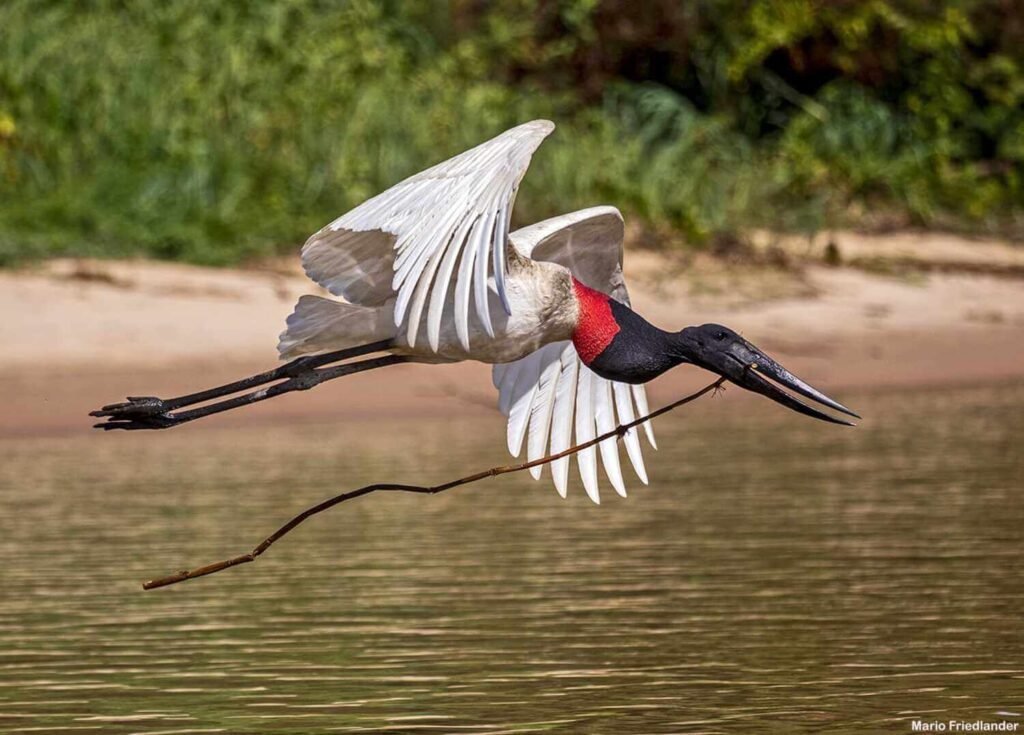
Jaguar Safari
A jaguar safari is, without a doubt, one of the most exciting experiences that can be had in the Brazilian Pantanal. Expert guides will take you to the most remote corners of the wetland. There, you can have the opportunity to spot these magnificent felines in their natural habitat. Brazil’s Pantanal offers one of the best opportunities for a jaguar safari, as these felines are found in a high density in this region.
Bird Watching
The Pantanal is a true paradise for birdwatchers. Here you can spot a wide variety of species, from colorful toco toucans and majestic blue macaws to small, lively waterfowl.
Water Safaris
Water safaris are another exciting way to explore Brazil’s Pantanal. You’ll cruise the rivers and wetlands in special boats, getting an up-close look at the wildlife that inhabits these waters, such as black alligators, giant otters, and a variety of waterfowl. During these water safaris, you may also be lucky enough to spot a jaguar in Brazil’s Pantanal drinking water or hunting on the banks of rivers.
Tourism in the Brazilian Pantanal
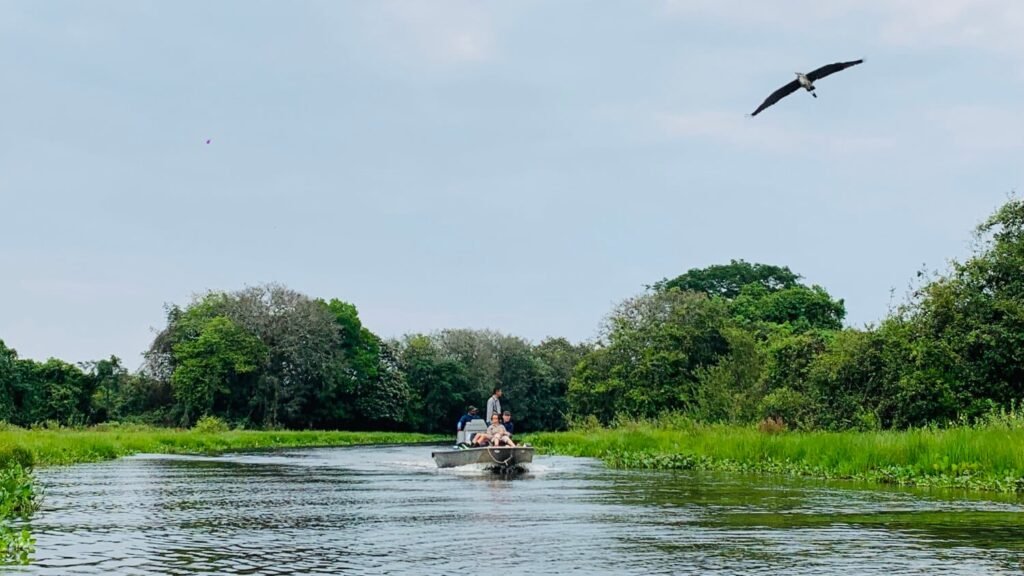
Tours in the Pantanal
To fully enjoy the Pantanal experience, it is advisable to hire the services of local tour operators or specialized travel agencies. These experts will guide you through the best places to observe wildlife, such as jaguars. They will also offer you accommodation in ecolodges or local haciendas and give you the opportunity to live an authentic adventure in the middle of nature.
Accommodations in the Pantanal
The Pantanal has a variety of lodging options, from rustic and comfortable ecolodges to luxury haciendas and lodges. These facilities are designed to minimise the impact on the natural environment and offer you an authentic and sustainable experience. Some of these accommodations even have special viewpoints to observe the jaguars of Brazil’s Pantanal from the comfort of your room.
Best Time to Visit the Pantanal
The best time to visit the Pantanal and enjoy wildlife spotting, such as Brazil’s Pantanal jaguars, is during the dry season, which runs from April to October. During this period, animals concentrate around bodies of water and are easier to spot.
Activities in the Pantanal
In addition to jaguar safaris and wildlife watching, Brazil’s Pantanal offers a variety of exciting activities. These include sport fishing, hiking, canoeing, and exploring caverns and waterfalls. No matter your interests, the Pantanal will provide you with unforgettable experiences.
How to Get to the Pantanal

Brazil’s Pantanal is accessible by air or land
Brazil’s Pantanal is a vast seasonally flooded plain in South America. It is home to impressive biodiversity and offers a unique travel experience. If you’re planning an adventure to the Brazilian Pantanal, here’s a complete guide on how to get to this natural paradise.
1. Main Entry Points:
The Pantanal stretches across three countries: Brazil, Bolivia and Paraguay. However, to access the Brazilian Pantanal, the two main entry points are the capital cities of the states of Mato Grosso and Mato Grosso do Sul:
- Cuiabá: The capital of Mato Grosso, Cuiabá, is considered the “Gateway to the Pantanal”. It is located approximately 1,000 kilometers from the city of São Paulo, the country’s main metropolis.
- Campo Grande: The capital of Mato Grosso do Sul, Campo Grande, also offers convenient access to the Pantanal. It is located about 800 kilometers from São Paulo.
2. Transportation Options:
- Plane: The fastest way to get to the Pantanal is by plane. Both Cuiabá and Campo Grande have international airports that receive flights from major Brazilian cities and even international airports.
- Bus: Regular buses connect the main Brazilian cities with Cuiabá and Campo Grande. The bus ride may be cheaper than flying, but it’s also longer and less comfortable.
- Car: If you like adventure and flexibility, you can drive to the Pantanal. However, keep in mind that the distances are considerable and the roads may not be in the best condition, especially during the rainy season.
Frequently Asked Questions about Brazil’s Pantanal
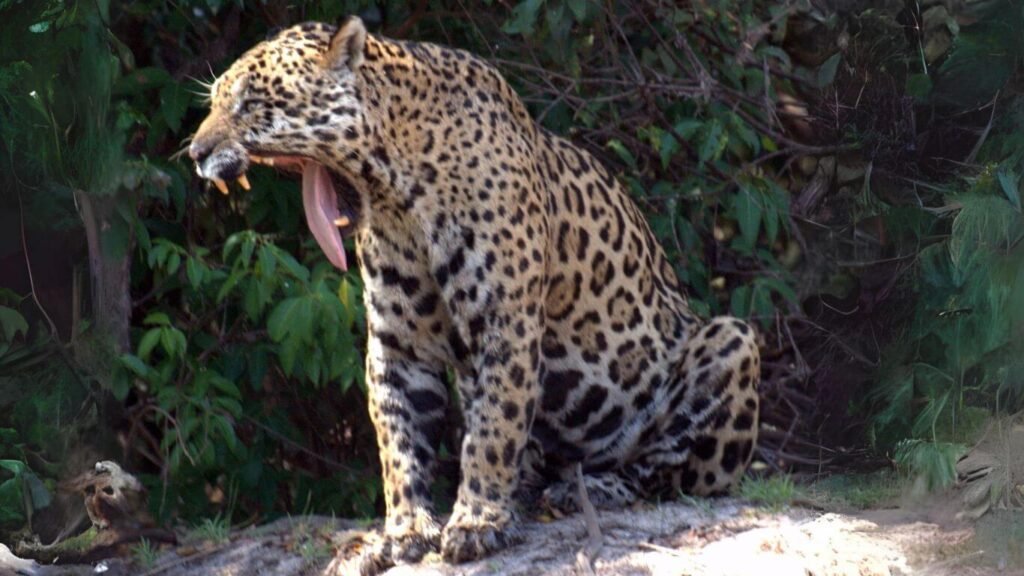
When is the best time to visit the Pantanal?
The best time to visit the Pantanal depends on your preferences. The dry season (May to October) offers greater visibility of wildlife. While the wet season (November to April) provides the opportunity to witness spectacular flooding.
How to get to the Pantanal?
The Pantanal is accessible by air and land. The main gateway airports are Cuiabá and Corumbá in Brazil. From there, you can get to your chosen lodge or destination by bus, taxi, or private vehicle.
What should I bring to the Pantanal?
Be sure to pack comfortable, weather-appropriate clothing, sunscreen, insect repellent, hat, binoculars, camera, and personal medications.
What activities can I do in the Pantanal?
In addition to safaris and wildlife watching, the Pantanal offers various activities such as hiking, fishing, canoeing, horseback riding, and visits to local communities.
How much does a trip to the Pantanal cost?
The cost of a trip to the Pantanal varies depending on the duration, type of accommodation, activities chosen, and time of year. In general, you can find packages ranging from $1000 per person to $5000 or more.
Brazil’s Pantanal is a unique destination in the world, where nature is shown in all its splendor. Get ready for an unforgettable adventure and discover why this region is considered one of the best places on the planet to observe wildlife. A life-changing experience awaits you!
Book your adventure today
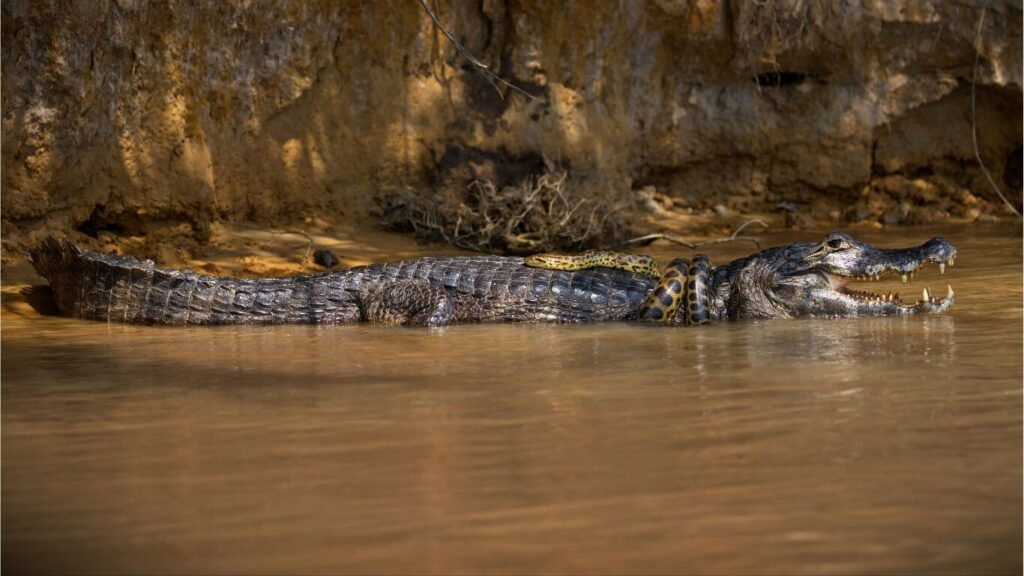
Don’t wait any longer to experience the adventure of a lifetime in Brazil’s Pantanal. Contact Lorenzo Expeditions today and let us help you plan your perfect trip.
Don’t miss your chance to explore one of the wildest and most beautiful places on the planet. Explore the Pantanal with Lorenzo Expeditions and discover a world of life-changing natural wonders!

